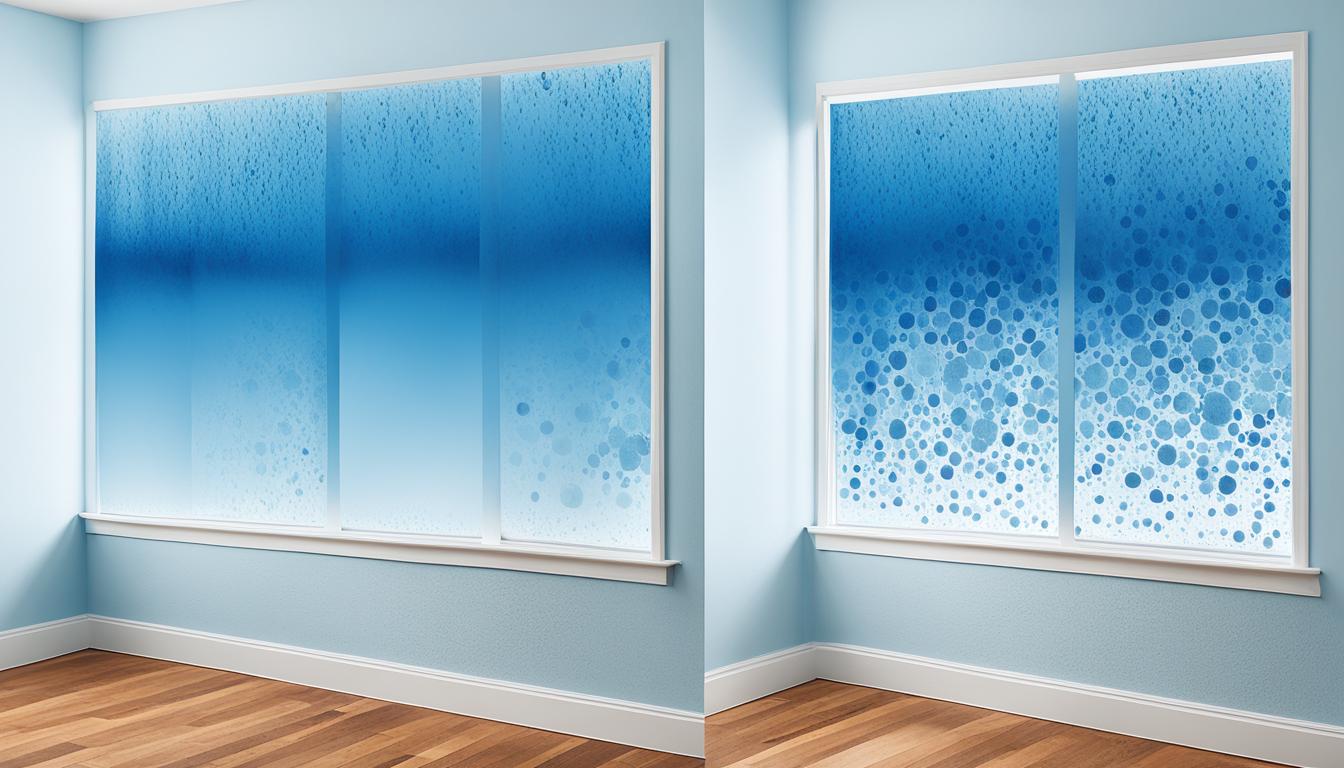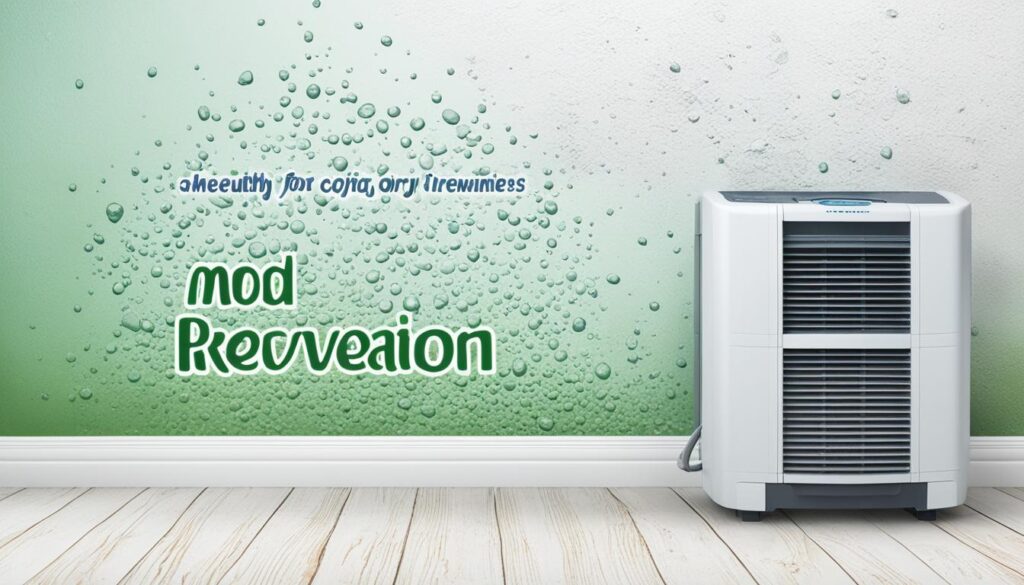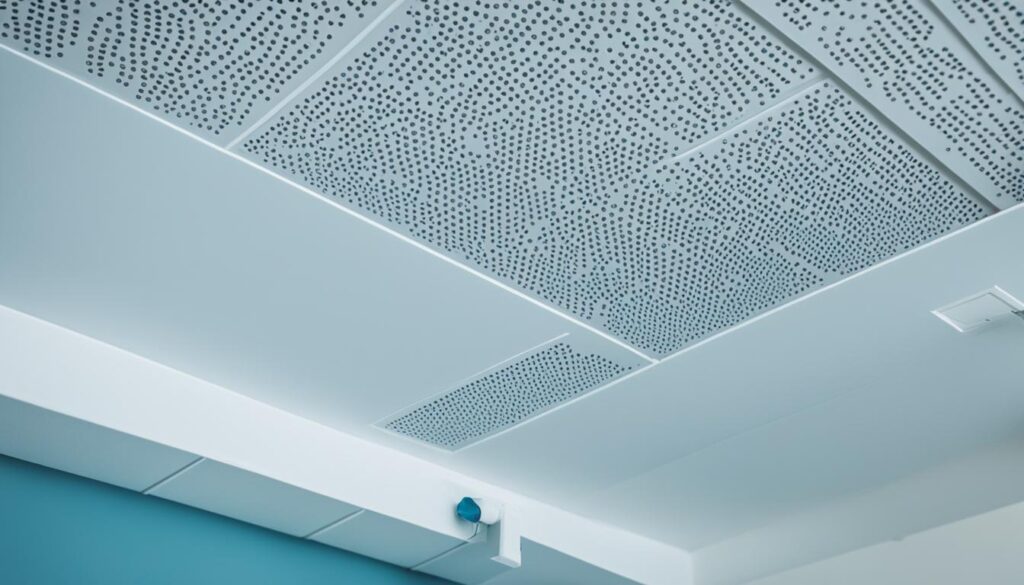
Humidity Control’s Role in Florida Mold Prevention
In the humid climate of Florida, mold prevention is of utmost importance for maintaining a healthy living environment. One key factor in mold prevention is humidity control. By understanding the role of humidity control in preventing mold growth, individuals can take proactive measures to create a mold-free space for themselves and their families.
High levels of humidity create ideal conditions for mold spores to thrive and multiply rapidly. In Florida’s humid climate, where moisture is abundant, it becomes crucial to control humidity levels to prevent mold growth. Maintaining optimal humidity levels helps to inhibit mold spore proliferation and minimize the potential health risks associated with mold exposure.
Effective humidity control strategies not only contribute to mold prevention but also help in creating a comfortable, healthy living environment. Through the implementation of proper ventilation, moisture control techniques, and the use of dehumidifiers, individuals can significantly reduce the risk of mold growth and maintain a mold-free space in their homes and buildings.
In conclusion, humidity control plays a vital role in preventing mold growth in the humid climate of Florida. By understanding the impact of humidity on mold growth and implementing effective strategies for humidity control, individuals can create a healthier living environment and mitigate the risks associated with mold. Partnering with professionals who specialize in mold prevention, assessment, and remediation, such as Fix Mold Miami, can provide valuable assistance in maintaining a mold-free space.
Key Takeaways:
- Humidity control is crucial to prevent mold growth in Florida’s humid climate.
- High humidity levels provide ideal breeding conditions for mold spores.
- Implementing effective humidity control strategies helps create a healthy living environment.
- Proper ventilation, moisture control techniques, and dehumidifiers are key tools in humidity control.
- Professional assistance can ensure thorough mold prevention, assessment, and remediation.
Understanding the Impact of Humidity on Mold Growth
In the battle against mold, one of the most critical factors to consider is humidity control. High levels of humidity create the perfect environment for mold spores to thrive and multiply rapidly. To effectively prevent mold growth, it is essential to understand how humidity impacts the development and proliferation of mold.
Excessive humidity provides ample moisture for mold spores to germinate and colonize various surfaces. When the humidity level is high, typically above 60%, mold spores easily attach to moist materials such as walls, ceilings, furniture, and even clothing. As the spores settle, they begin to grow and spread, leading to visible signs of mold infestation.
Humidity not only promotes the growth of visible mold but also enables mold to produce microscopic spores that can become airborne. These airborne spores can circulate throughout the indoor environment, increasing the risk of respiratory issues and other health problems when inhaled.
Controlling humidity is key to mold prevention. By maintaining an optimal humidity level below 50%, mold growth can be significantly suppressed. This can be achieved through various methods, including the use of dehumidifiers, proper ventilation, and proactive moisture control techniques.
“The impact of humidity on mold growth cannot be overstated. It is the primary contributor to mold infestation in homes and buildings. By controlling humidity levels, individuals can effectively reduce the risk of mold growth and ensure a healthier living environment.” – Dr. Jane Thompson, Mold Prevention Expert
Controlling humidity levels in humid climates, such as that of Florida, requires consistent monitoring and proactive measures. It is important to address any sources of excess moisture, such as leaks or condensation, promptly. Additionally, proper ventilation, especially in areas prone to high humidity, like bathrooms and kitchens, can help dissipate moisture and maintain optimal humidity levels.
By understanding the relationship between humidity and mold growth and implementing effective humidity control measures, individuals can significantly reduce the risk of mold infestation and create a healthier living space.
To further emphasize the importance of humidity control in mold prevention, refer to the following table:
| Humidity Level | Mold Growth Potential | Recommended Actions |
|---|---|---|
| Below 50% | Minimal | – Maintain proper ventilation – Use dehumidifiers as needed – Monitor moisture levels regularly |
| 50% – 60% | Moderate | – Identify and address sources of excess moisture – Improve ventilation – Consider dehumidifiers in high-humidity areas |
| Above 60% | High | – Implement comprehensive humidity control measures – Address moisture issues promptly – Consult professionals for mold assessment and remediation |

Effective Strategies for Humidity Control and Mold Prevention
To prevent mold in Florida’s humid climate, implementing effective strategies for humidity control is essential. By properly managing humidity levels, individuals can create an environment that is unfavorable for mold growth. This section will discuss best practices and strategies for controlling humidity in homes and buildings, ensuring optimal conditions for mold prevention.
The Role of Dehumidifiers
Dehumidifiers play a crucial role in humidity control for mold prevention. These devices effectively remove excess moisture from the air, reducing humidity levels and creating an inhospitable environment for mold. To maximize their effectiveness, it’s important to position dehumidifiers in areas prone to high humidity, such as basements, bathrooms, and laundry rooms. Regular maintenance, including emptying the water reservoir and cleaning the unit, is also necessary to ensure optimal performance.
Proper Ventilation
Adequate ventilation is another important strategy for humidity control and mold prevention. Ventilation systems, such as exhaust fans and open windows, promote air circulation, preventing moisture buildup in enclosed spaces. It’s especially crucial to use ventilation in areas where moisture is common, such as kitchens and bathrooms. By allowing fresh air to flow in and humid air to escape, the risk of mold growth can be significantly reduced.
Moisture Control Techniques
In addition to using dehumidifiers and promoting ventilation, implementing moisture control techniques is essential for effective mold prevention. These techniques include:
- Fixing plumbing leaks promptly to prevent water accumulation and moisture damage.
- Insulating walls and pipes to prevent condensation and moisture buildup.
- Using moisture-absorbent materials, such as silica gel or desiccant packs, in areas prone to moisture, such as closets.
- Regularly cleaning and maintaining gutters and downspouts to redirect water away from the foundation of the building.
By incorporating these moisture control techniques into daily practices, individuals can minimize the risk of mold growth and maintain a mold-free environment.
It’s important to note that while these strategies can significantly reduce mold growth, they are most effective when combined with regular inspections and professional mold prevention measures. Regularly monitoring the humidity levels and addressing any signs of moisture intrusion promptly is key to preventing mold growth and maintaining a healthy living space.

Conclusion
Mold prevention in humid climates, such as in Florida, requires a proactive approach to humidity control. Understanding the impact of humidity on mold growth is essential for creating a mold-free living environment. By implementing effective strategies, individuals can successfully prevent mold from taking hold and ensure a healthier and safer space for residents.
Proper humidity control plays a vital role in mold prevention. High levels of humidity create the perfect conditions for mold spores to thrive and reproduce. By maintaining optimal humidity levels, typically between 30% to 50%, mold growth can be significantly reduced. This can be achieved through the use of dehumidifiers, proper ventilation, and moisture control techniques.
For comprehensive assistance with mold prevention, assessments, and remediation in Florida, Fix Mold Miami is ready to help. Our team of experts is trained in effective mold prevention strategies, ensuring that your home or building remains mold-free. Contact Fix Mold Miami at 305-465-6653 to take proactive steps towards effective humidity control and mold prevention in your property.




